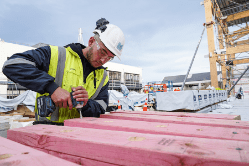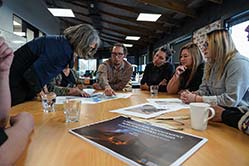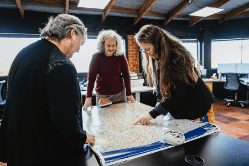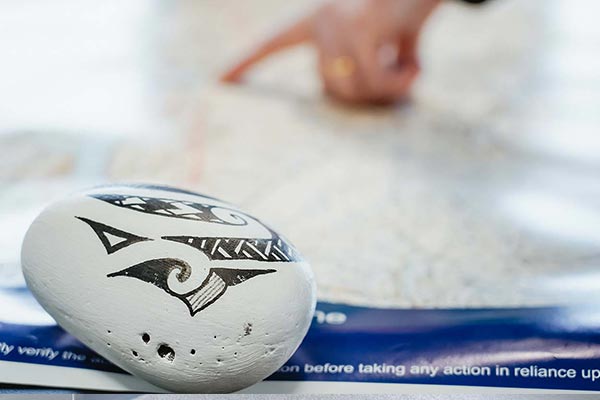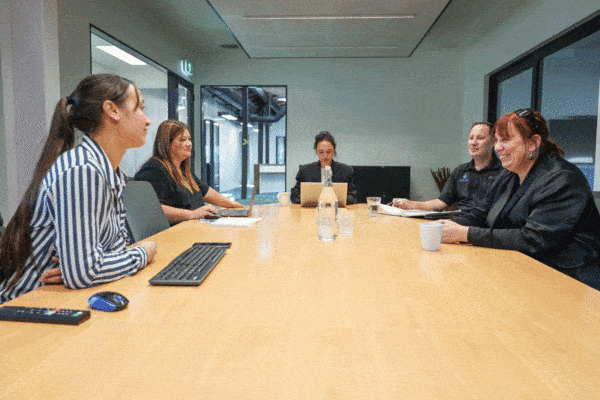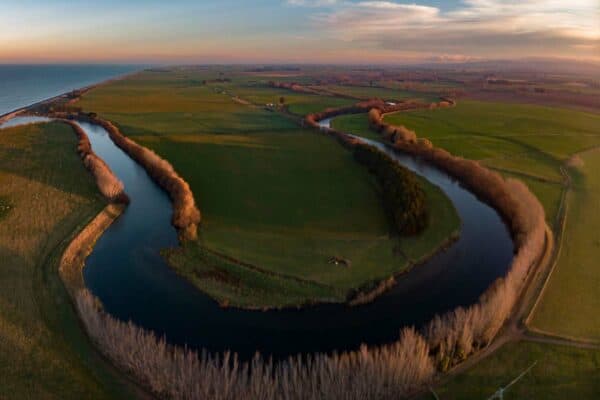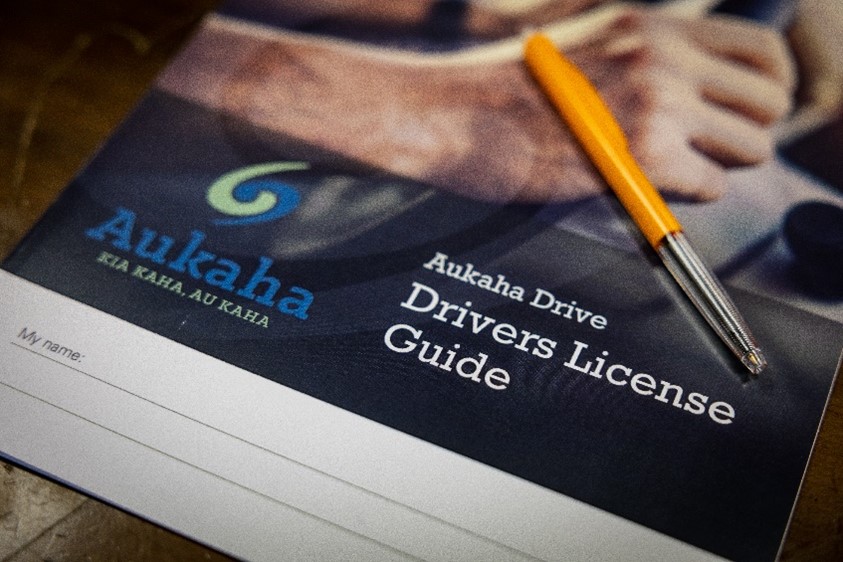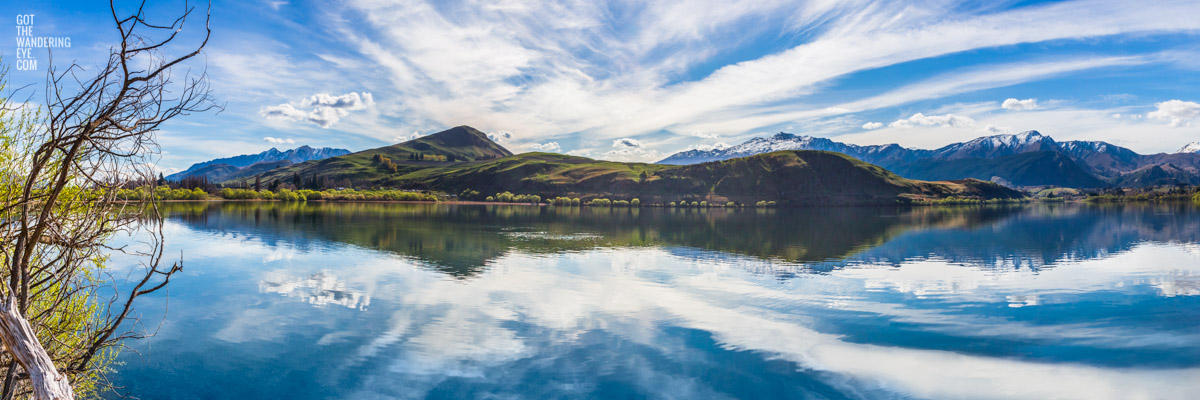Decolonising our awa
A new Otago Regional Council Plan, in partnership with mana whenua, looks to restore the mauri of freshwater bodies in Otago.
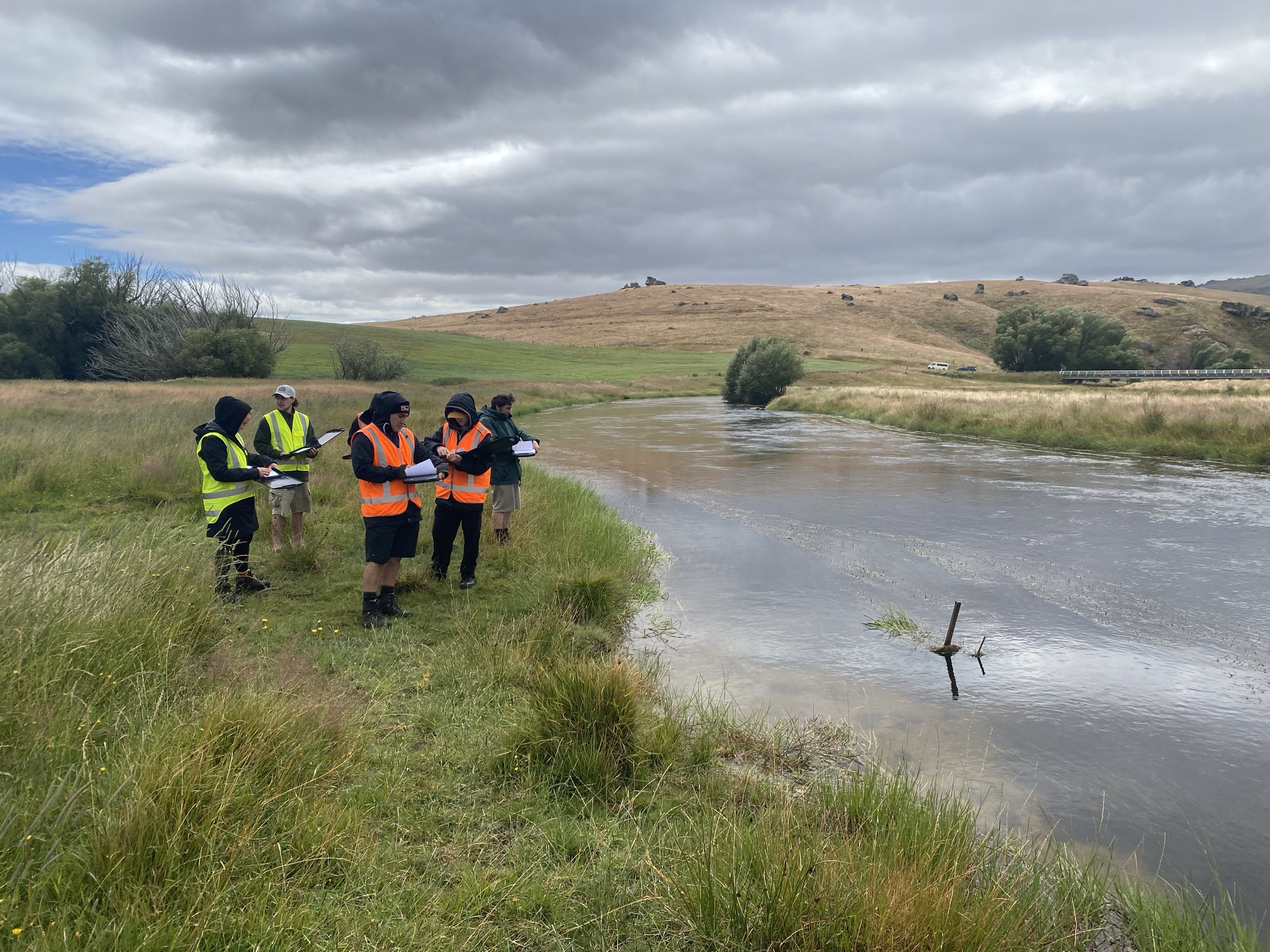
6 March 2024
With many of Otago’s freshwater bodies in crisis, and Kāi Tahu whānau being further severed from practising fundamental cultural practises, whānau and stakeholders will be able to have their say on a new plan that will prioritise the hauora (health) of freshwater bodies and ecosystems above all other uses.
Over the last four years Aukaha kaimahi have been working with Otago Regional Council on behalf of hapū from Te Rūnanga o Moeraki, Kāti Huirapa ki Puketeraki, Te Rūnanga o Ōtākou and Hokonui Rūnanga, to develop the new Land and Water Regional Plan (LWRP) with input from stakeholders and whānau.
If accepted, the LWRP will see a new way of treating freshwater bodies in Otago that puts the health of freshwater and freshwater ecosystems as the number one priority.
Underpinned by Te Mana o Te Wai concept, and directed by the previous Minister for the Environment, the Plan is a direct response to a review undertaken in 2019 that described Otago’s freshwater bodies as being at a “critical juncture”.

In his cultural evidence statement for a hearing on freshwater policy in 2023, Aukaha Chairman Edward Ellison (Upoko ki Te Rūnanga o Ōtākou) said the direct discharge of sewage, direct and diffuse discharges of animal wastes and nutrients, and the discharge of sediment to waterbodies and the coastal environment have contributed to a deterioration in water quality and aquatic habitats.
Furthermore, river and stream channels have been straightened and channelised and wetlands have been drained to make land available for pastoral farming. River flows have been reduced due to excessive abstraction, and the ability for tuna and other species to migrate between the rivers and the sea has been impeded by the installation of flap gates, culverts, weirs, and dams.
“This deterioration of wai impacts on the ability of whānau to interact with wai and to collect mahika kai safely,” Mr Ellison says.
“If people are unable to learn how to harvest and care for mahika kai because access to resources has been lost through alienation or degradation, then the mātauraka about how to manage resources in accordance with tikaka will also be lost,” Mr Ellison says,
“Since the land sales of the 1840s and 1850s, mana whenua have experienced the degrading of our wai, and consequential profound loss of mahika kai resources, to the point that these resources are now a shadow of what our kaumātua and tūpuna once experienced.”
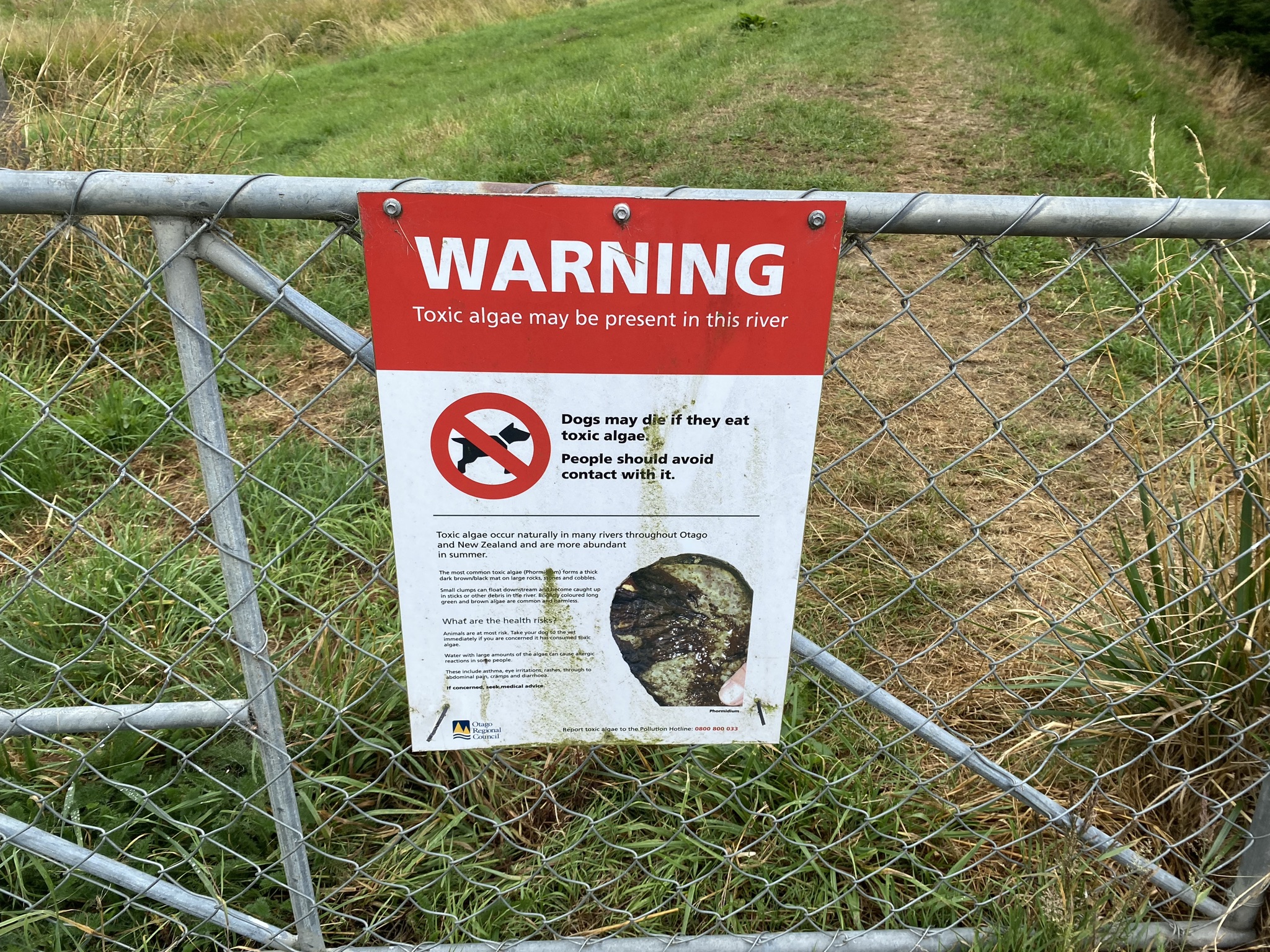
What are Te Mana o Te Wai and The Land and Water Regional Plan?
Te Mana o te Wai, which underpins the LWRP, was introduced as a concept in 2014 as part of the National Policy Statement of Freshwater Management. In 2020 it was given clearer and stronger intent by making it the central objective.
Essentially, Te Mana o te Wai places hierarchical priorities on the water body. That means that above all else, the first priority of all water users and anyone looking to do work on or with the awa should be to ensure that the mana and mauri of the waterbody is respected and upheld.
The priorities are as follows:
-
- Look after health of freshwater and freshwater ecosystems.
- Provide for people’s health needs.
- Provide for all other uses associated with freshwater – economic, recreational.

The Land and Water Regional Plan is based on the Te Mana o te Wai priorities and sets the policies and rules for water use, and use of land that affects the wai.
It stipulates when resource consent is needed to:
-
-
- Take water
- Discharge into water
- Dam or modify rivers and wetlands
- Drain wetlands
- Disturb river and lake beds
- Carry out land uses that could affect water quality
-
“If people are unable to learn how to harvest and care for mahika kai because access to resources has been lost through alienation or degradation, then the mātauraka about how to manage resources in accordance with tikaka will also be lost.”
- Edward Ellison, Aukaha Chair
Are our waters really that bad?
At the time of writing, the Otago Regional Council’s website stipulated a public warning to stay away from direct contact with six freshwater locations due to toxic algae growth. Those were:
- Pinders Pond and Falls Dam in Central Otago
- Kauru River in North Otago
- Lake Tuakitoto in South Otago
- Manuherekia River at Ophir, and
- Waianakarua River
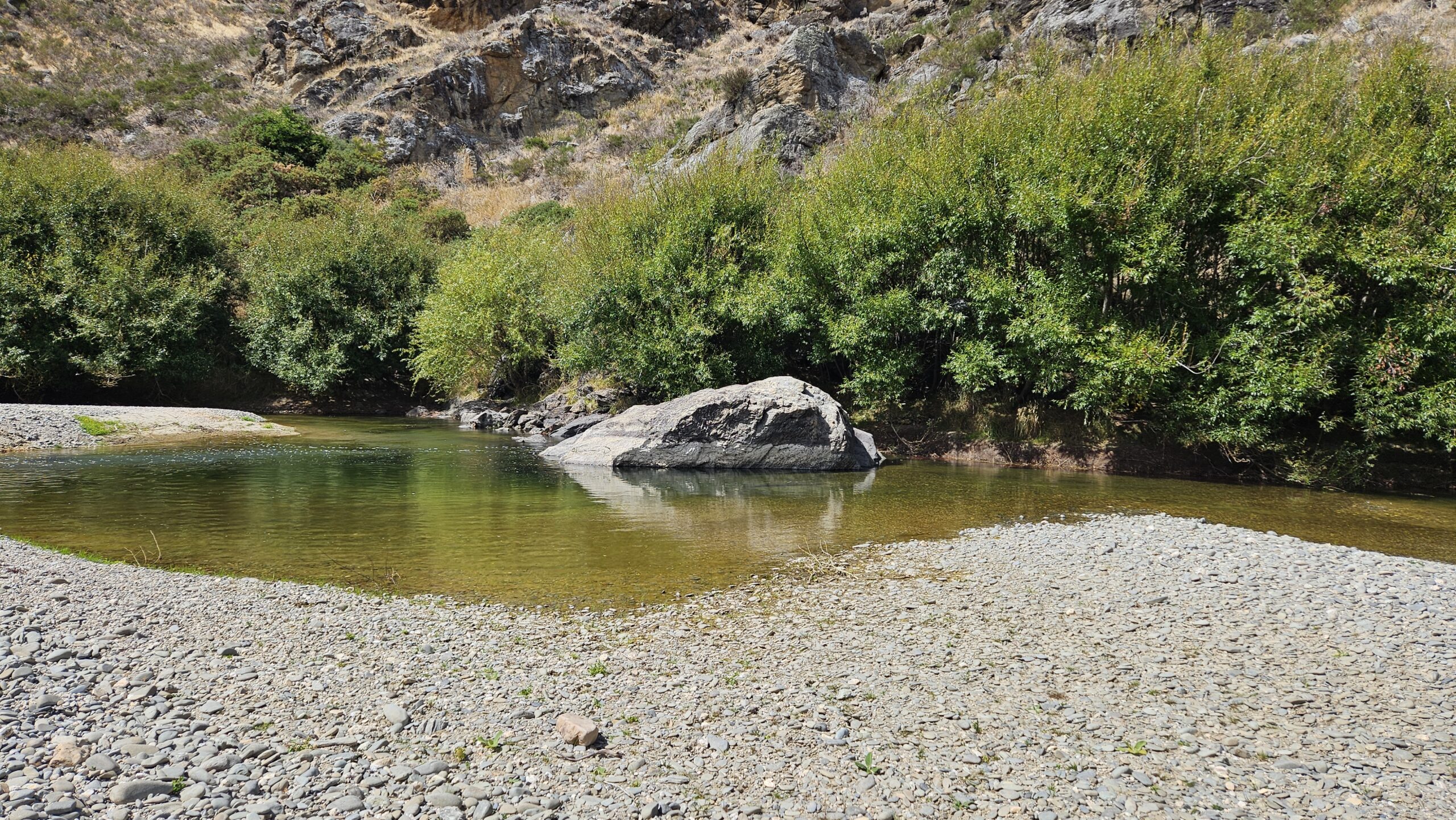
Manuherekia is a prominent location for mahika kai practises and feeds into the Mata-au. Today, water levels are severely low due to unreasonably large water extractions by nearby landowners.
The Mata-au is also another example of degradation, which has at least two exit points of treated sewage going into a traditional food gathering place for mana whenua. Over the last three years, there have been several reports of raw sewage entering freshwater bodies across Otago.
The Taiari is also an integral freshwater body to Kāi Tahu, once a food basket for Kāi Tahu whānau. Since colonial settlement, it has been dramatically modified due to land use change, sedimentation, drainage, flood controls and a range of rural and urban discharges that alter the character and quality.
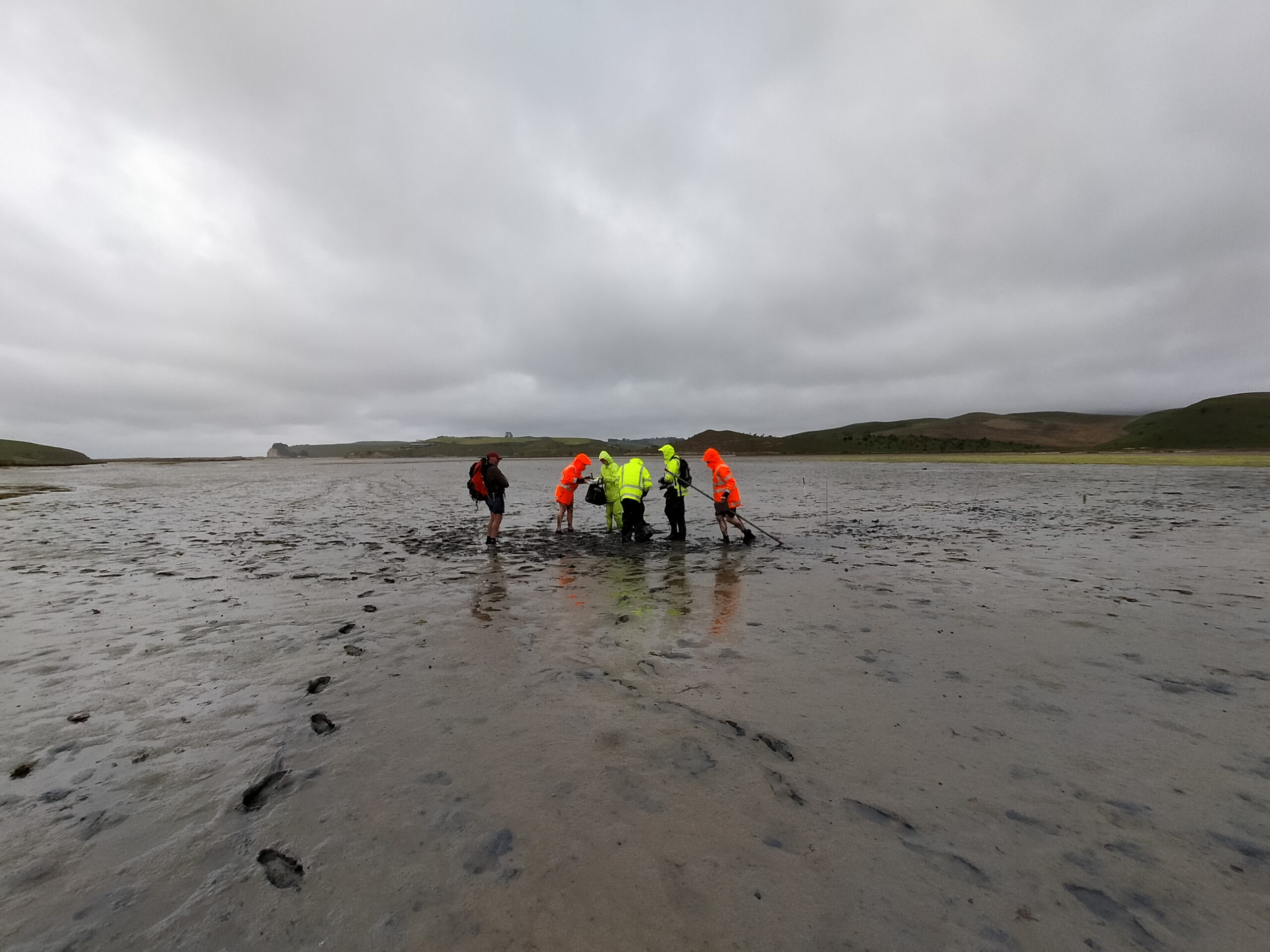
Mahika kai on the coast is also being affected.
In a statement prepared for the RPS Freshwater Hearing Panel, Brendan Flack from Kāti Huirapa ki Puketeraki says, “We are seeing an increase in sedimentation, a reduction of freshwater inputs into our saltmarshes, and declining water quality. We have also seen an increased frequency of marine heatwaves, and invasive species like gorse, lupins, and undaria are doing better than our native species.
“When we started seeing things changing at the coast, we started looking at what was happening in the wider catchment. These changes are linked to activities happening on land, including forestry, the use of synthetic fertilisers, mining, and wastewater discharges. We are having to deal with the consequences of these activities to restore fisheries and coastal habitat for mahika kai.”
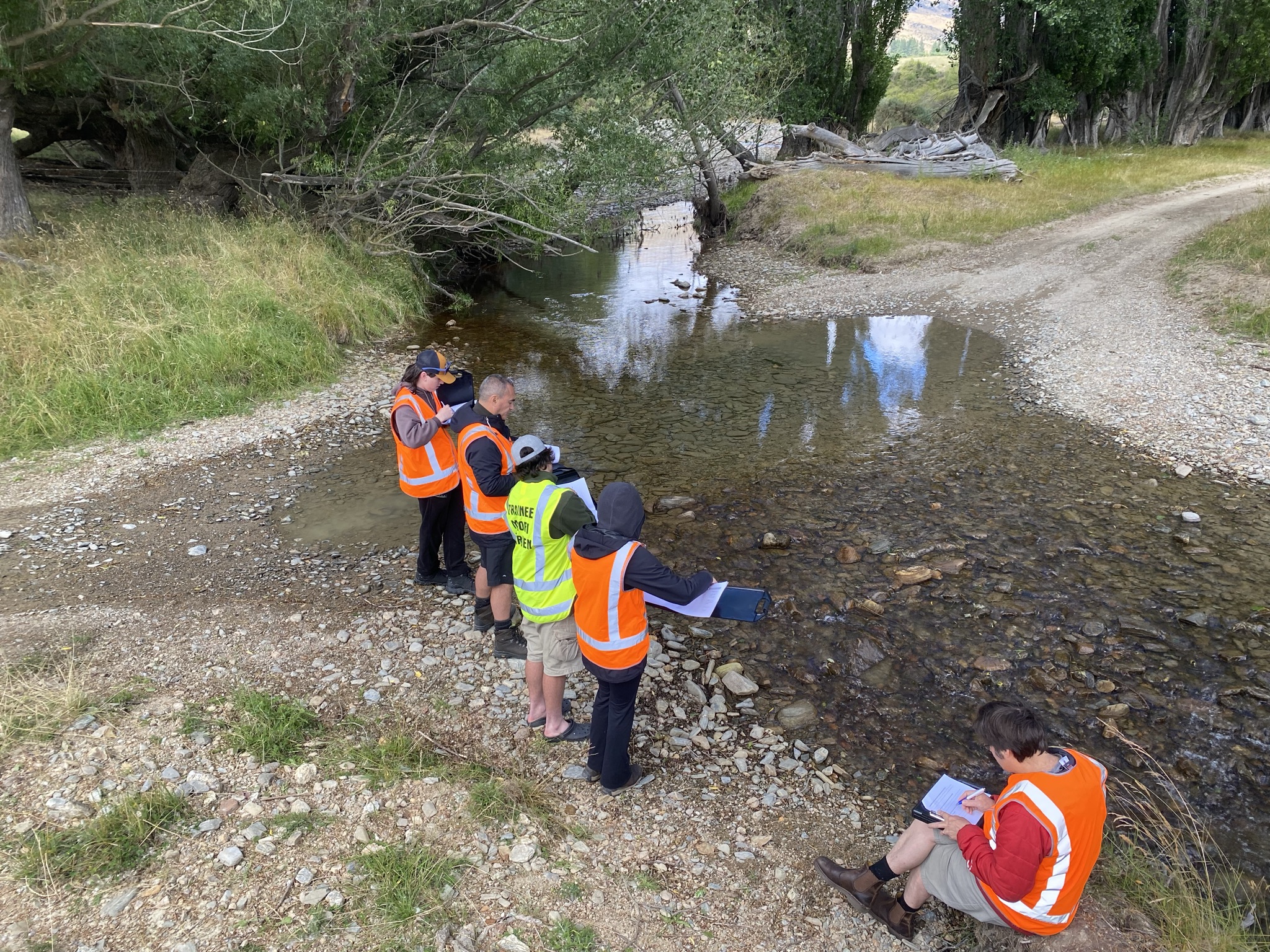
What can I do?
The draft LWRP will be formally notified as the ‘proposed’ LWRP. The ‘proposed’ Plan will be available from late June 2024 when it is scheduled for ‘public notification’, and ORC will be inviting submissions.
Aukaha kaimahi will be working with wai māori representatives from the papatipu rūnaka to make a submission and will also send out a notification via its newsletter reminding whānau to put forward their say. If you have any pātai, please email Aukaha’s Kaiwhakahaere Whakapā (communications manager) Dani McDonald dani@aukaha.co.nz
For further reading, visit:
